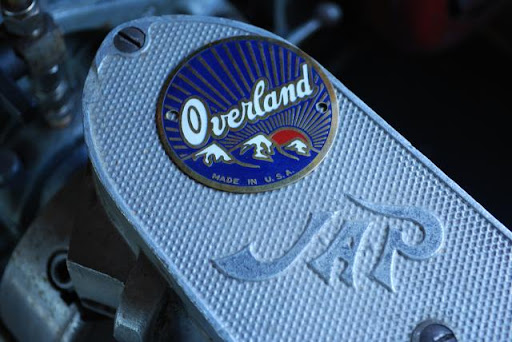A very long time ago, not in a galaxy far, far away however, someone told me that it wasn’t too important to know everything but very helpful to know where and how to find information. That advice may have contributed to my love of books. For me this becomes relevant because of my affection for two wheels. And of course those two wheels have spokes. Historically the human powered cycle became the combustion powered cycle so knowing how to care for and build those wheels with spokes is important. And because I fancy myself to be handy with tools and cheap, I build my wheels. It also helps to have more time than money; a kind of enforced cheap view of things.
So then it’s no surprise that one of the books on my shelf is the acknowledged bible for wheel building; The Bicycle Wheel by Jobst Brandt. This book is pretty thin when it comes to page count. But it is very dense in information and precise illustrations. I have read the book like a story and then gone back and reread parts to ponder just exactly what Mr. Brandt is telling me about wheels. This is not a fault of the writer or the information. It’s more a lack on my part.
Despite my lack of total understanding I have built bicycle and motorcycle wheels using the White Bible and have not had one explode or wobble apart on me yet. Here is perhaps the best part about the White Bible; you usually can find one second hand for little money. If it’s so great then why are editions available second hand? I would suggest it’s because it is so dense and for some people incomprehensible. They give up on it and building a wheel because let’s face it it’s easier to go down to your local cycle shop and have someone else build your wheel than learn to do it yourself. Soon I will have the White Bible at hand building the front wheel of the Privateer.
Just in case there is any confusion the White Bible is not just for bicycle wheels. It's for anything with spokes a hub and a rim.













































